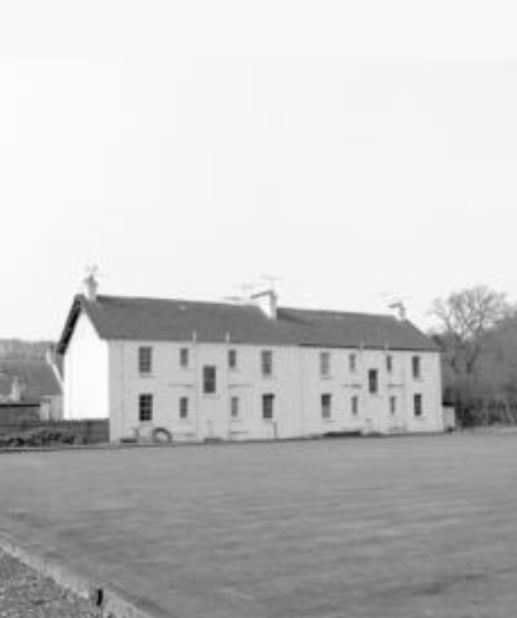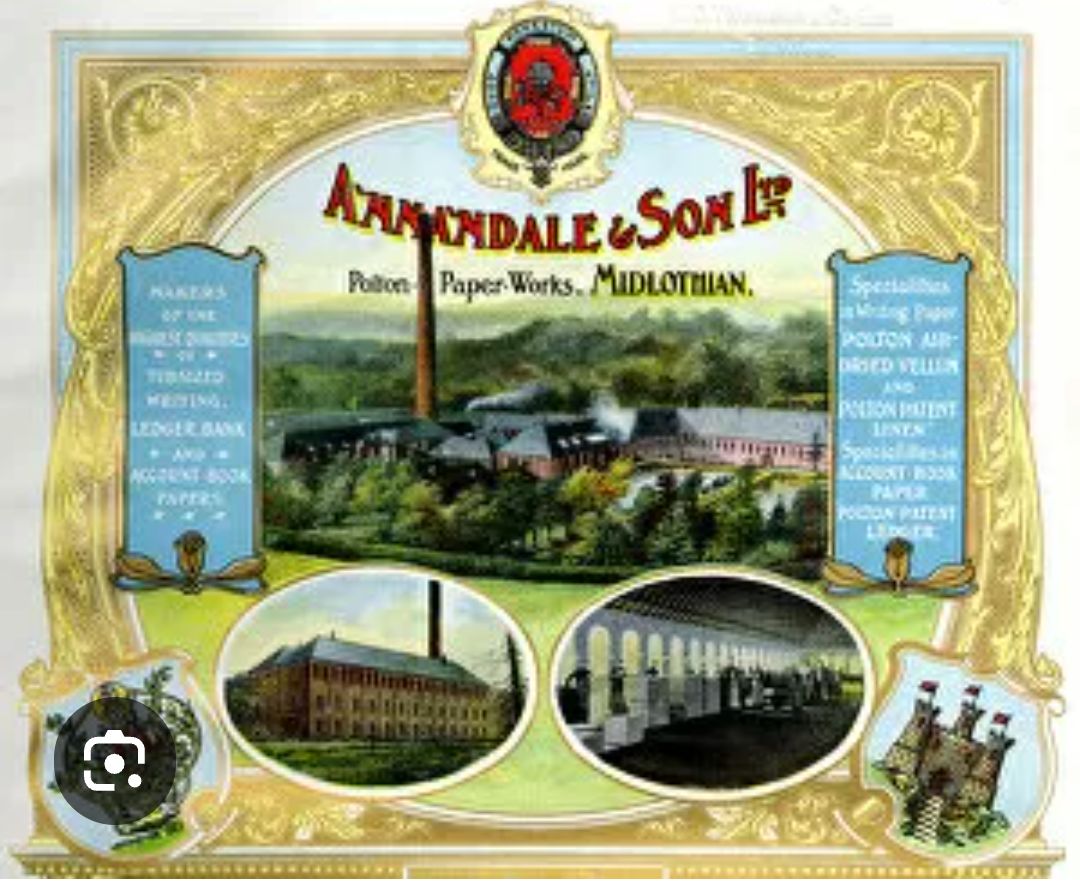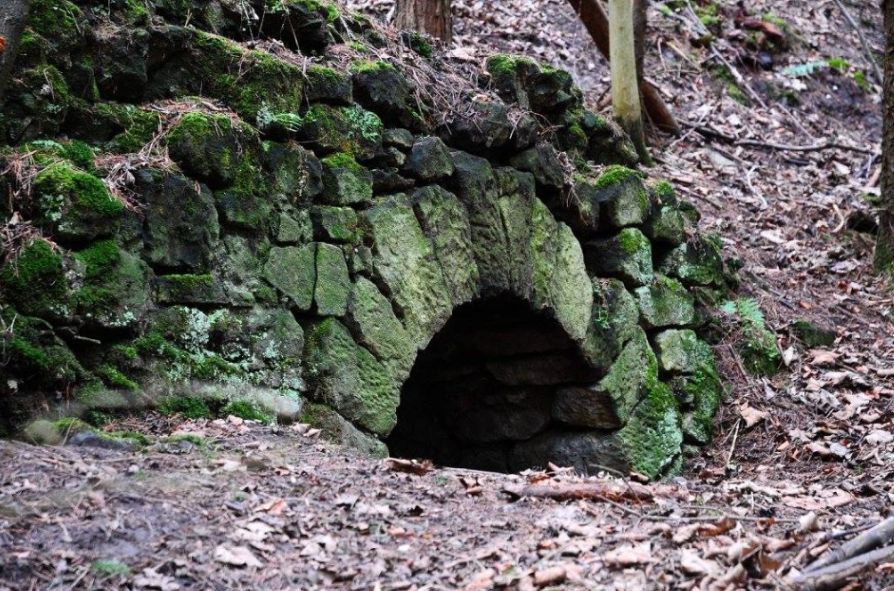Industrial enclaves
For recruitment purposes, these places were ideal as so many men gathered there. Take North Mill, founded in 1750 (later called Polton Paper Mill). The schedule lists 44 men aged btw 15 and 60, who would have been living on the premises. Paper was made from linen rags, which were pounded by water-powered engines and strained through moulds. By 1816, the mill was employing 18 men and 35 women: where did the men go?

Accommodation for mill workers
An otherwise agricultural schedule includes a laconic reference to Polton South Works (83 men). While this probably refers to Polton coal works, it’s worth recalling the paper mills along the Esk river. Springfield Paper Mill was acquired by the Annandale family in 1798!

The mill in 1905
The schedule for Kirkhill Flax Mill is a beautiful copy, penned by Alex Struthers, who then passed it to Rev Mr Marshall. It lists 16 workers. Interestingly, the grieve, Thomas Collier, was also coal grieve at Polton Coal Works. A lengthy note explains that while “the men in general are not adverse” to being trained in arms, they insist that a sergeant arrive at 7pm to train them on the spot, as “they will be at no further trouble whatever except an actual invasion takes place.”
The list from Dalhousie Colliery is dated 16 May 1798. It records 26 men, including David Lawson, coal grieve, and James Scott, pioneer grieve. A plaintive note adds “They will not say what they are to be, infantry or pioneers.”
Stobbs Gunpowder Mills is the fifth works in this list. The company was started in 1794 by two Englishmen. The Schedule lists 21 volunteers, including a cooper, a wright, and two smiths. Six men were described as servants to four masters, and five more may have been workers. They all opted to be volunteers, which may reflect their status. Volunteers were still largely self-financing units, committed to protecting their locality.

A remnant of this ambitious works